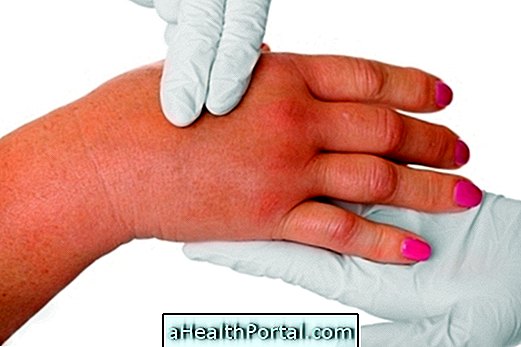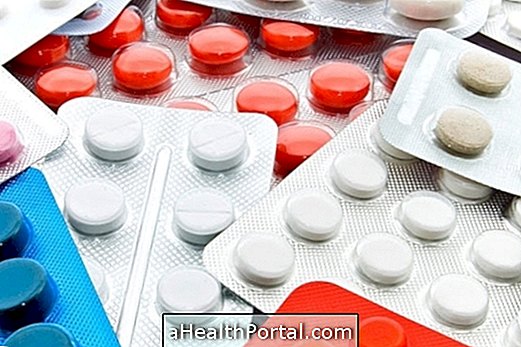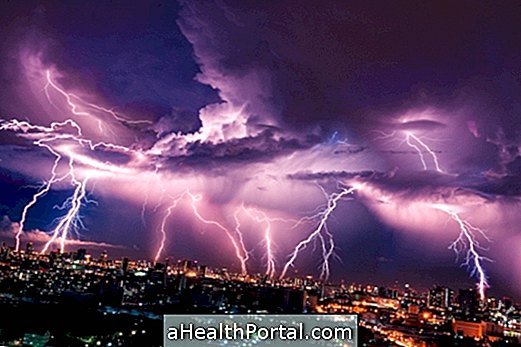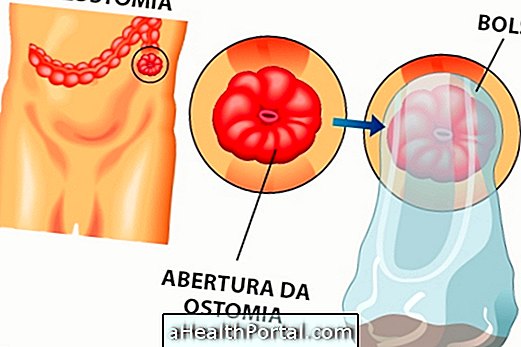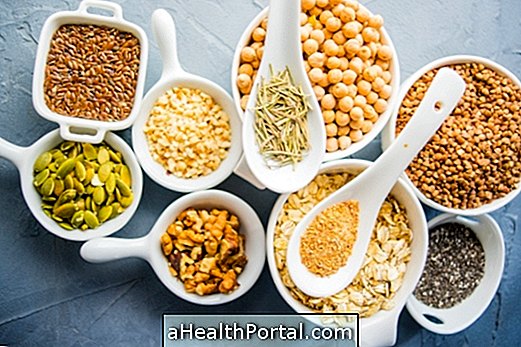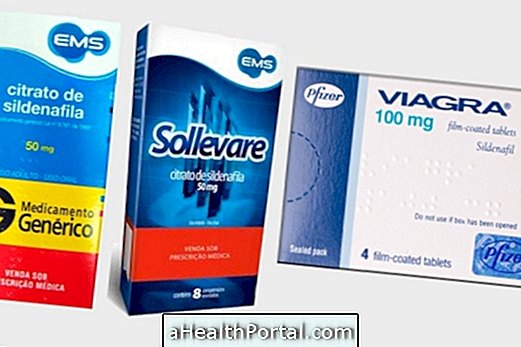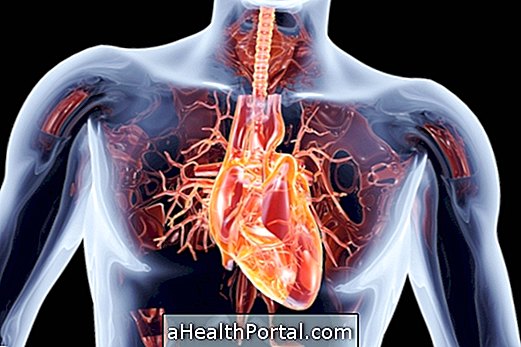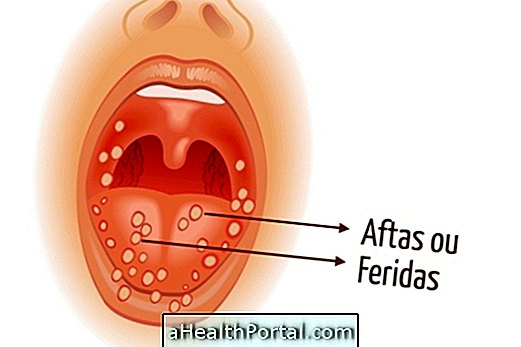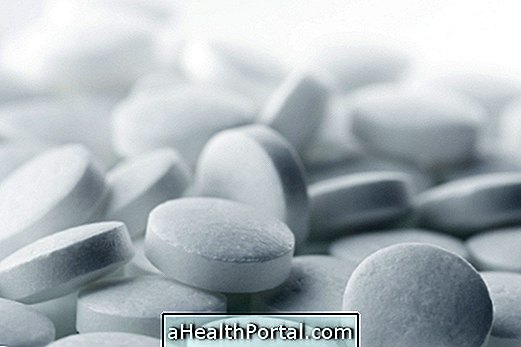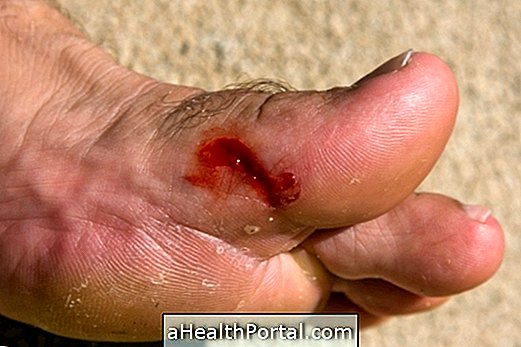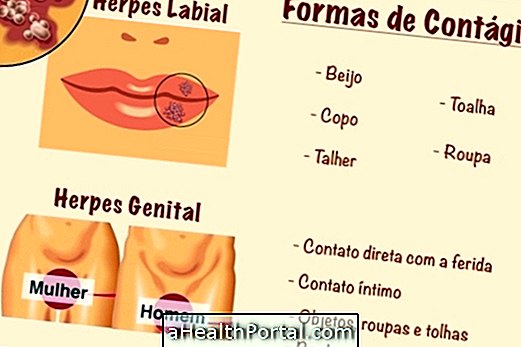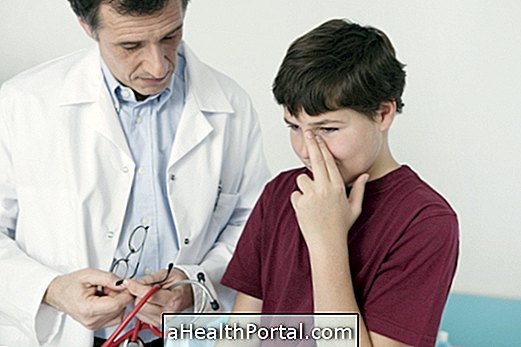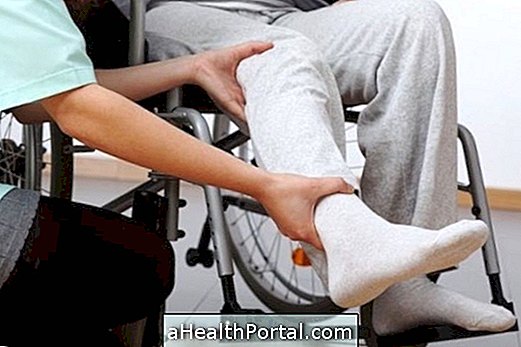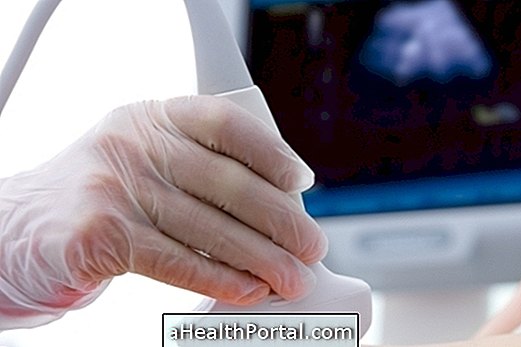Varicose veins in the stomach are dilated and tortuous blood vessels that form on the wall of this organ, and can be severe, because as they become larger, they present a risk of rupturing and causing serious bleeding.
These varices can form in the stomach due to increased blood flow resistance in the portal vein, an important vein that drains blood from the abdominal organs, which can arise from a variety of causes, such as chronic hepatitis, cirrhosis of the liver, schistosomiasis, or a thrombosis in the portal vein, for example. Understand better what is and what can cause portal hypertension.
Generally, gastric varices arise after or along with the varicose veins in the esophagus, as well as the rectum. Treatment for these varicose veins is indicated both to prevent and stop bleeding, and can be done with beta blockers or surgical procedures, such as sclerotherapy, cyanoacrylate or elastic bonding agents, for example.

How to identify
Gastric varices may not cause any symptoms, and may be identified in exams when portal hypertension is suspected due to cirrhosis of the liver, for example. Esophageal varices are the most common; however, varicose veins in the stomach can form in 20% of cases, especially when increasing pressure in the portal vein is becoming more severe.
In addition, gastric varices are less likely to rupture than esophageal varices, however, they cause more severe bleeding and are difficult to control. Some of the symptoms that indicate bleeding from varicose veins are:
- Feces blackish and smelly;
- Vomiting with blood;
- Paleness, dizziness and palpitations.
Classification of types
The main exam to diagnose esophageal varices is digestive endoscopy. They may be in different locations in the stomach, being classified as:

- They are a continuation of esophageal varices, extending a few centimeters below the esophagogastric transition, by the small curvature of the stomach, being the most common;
- They are also an extension of the esophageal varices, but toward the gastric fundus;
- They are isolated gastric varices, located in the bottom of the stomach;
- They are also isolated gastric varices, which can arise anywhere else in the stomach.
Gastric varices are considered small when they measure less than 3 mm in diameter, averages when they are between 3 and 5 mm or large, when they measure more than 5 mm in diameter. The greater the size of varicose veins, the greater the risk of bleeding.
What causes gastric varices
The varicose veins in the stomach are formed by the increase in pressure in the portal vein, and the main reasons are:
- Chronic hepatitis;
- Hepatical cirrhosis;
- Schistosomiasis;
- Thrombosis of the portal vein or splenic vein;
- Budd-Chiari syndrome. Learn how this syndrome is and how it happens;
- Malformations in the portal vein or inferior vena cava.
Varicose veins in the stomach can also be caused by a heart disease called constrictive pericarditis, in which a fibrous tissue develops around the heart, and hinders its function. Learn more about how it develops and the consequences of this disease.
How is the treatment done?
If the varicose veins are small or if the doctor detects that there is a low risk of bleeding, there is no need to treat the gastric varices, only their regular monitoring.
However, the doctor may in some cases indicate a treatment for the prevention of ulcers, especially if they measure more than 10 mm in diameter or there is a serious risk of bleeding, which can be done with beta-blocking drugs, which reduce the force of blood flow, such as Propranolol, or the application of cyanoacrylate, a kind of glue that removes the vessel.
When gastric varices present bleeding, treatment may include endoscopy for sclerotherapy, injection of cyanoacrylate or placement of elastic bandages, clips or springs, for example.
In addition to staining bleeding, as this is a serious situation, and the physician should take some precautions to protect the patient's life, such as replacing fluids with serum in the vein, blood transfusion if necessary, or use of antibiotics to prevent abdominal infections, common in patients with cirrhosis of the liver. Also check other causes of stomach bleeding and what to do.
